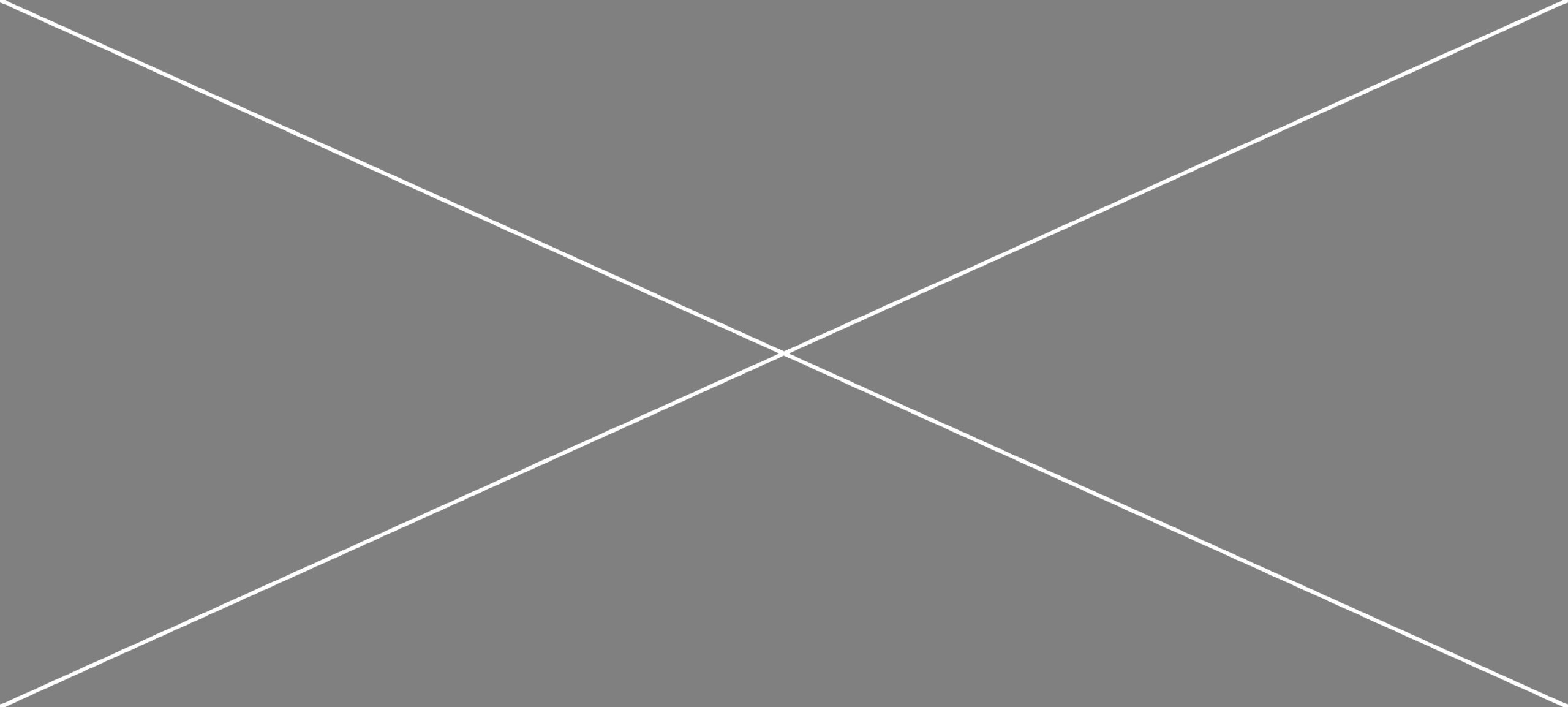Studio Ethnography has always been a school without classrooms: methods learned on streets, in print shops, through drawings, sounds, and small experiments. The Companions Series makes this explicit. It gathers the people, practices, and traditions that have quietly shaped how I work—those whose gestures have become part of my own hand.
I organized this small curriculum into three sections. Poetics of attention names writers and musics that train perception: enumeration, pattern, drift, listening. Practices of making turns to collectors, drawers, designers, cooks—the studios where knowledge is crafted, iterated, and arranged. Philosophies of relation offers conceptual companions for care, multiplicity, and situatedness. Together they form a relay: attention informs making; making demands concepts that can hold its plurality; concepts return to sharpen attention.
These companions actively reconfigure my projects. Specimenography borrows its ethics of arrangement from still life painting and cabinet practices; Tin Ethnography learns compression, modularity, and pedagogy from design studios and travel notebooks; my urban multispecies work takes timing and responsiveness from jazz; my cabinets and trays carry Borges’s labyrinths, Perec’s lists, and Mol’s multiplicities as working logics rather than citations. What follows is not homage but apprenticeship: brief field guides to fifteen companions I keep at hand.
Poetics of attention
Labyrinths as method. Indices, maps, and false taxonomies teach how classification produces worlds. He models an ethnography of imagination: short forms, spirals of reference, and the pleasure—and peril—of ordering.
Enumeration as care. He trains attention on the infraordinary and the obstinate rhythm of places. From lists to constraints, he makes noticing a craft—and the page a measured, sensory field.
Presence without intrusion. Patient observation, social geometry, and choreography of scenes. His pagecraft—angles, entries, silences—guides how to write partial encounters and atmospheres when access is precarious or refused.
Jazz music
Improvisation as shared sensing. Call-and-response, timing, and adaptive structure: a pedagogy of listening with others. Ensemble method for fieldwork—grooves, breaks, and cues as tools to move inside uncertainty.
Practices of making
Mark Dion
Collections that think. Cabinets, field stations, and museum interventions expose the politics of categorization. Teaches ethnography to curate with humor and doubt; to exhibit process, residue, and institutional seams.
Albrecht Dürer
Drawing as measurement. Proportion, instruments, and instruction manuals as epistemic devices. His geometric pedagogy suggests protocols for field diagrams, careful lines that hold error, and modest standards for comparison.
Norbert Schneider (Still Life)
Preserving perishables. Vanitas and abundance as compositional ethics. Teaches how fragments—fish, fruit, flowers, bones—become arguments through light, cut, and placement; a painterly precedent for specimenography’s careful arrangements.
Design pedagogy
Crits, iterations, and studio timeboxes. Doing-to-think: prototypes, sketches, and reviews as shared inquiry. A social technology for learning with failure, refining briefs, and keeping ideas mobile and material.
Nordic design
Economy, tactility, democratic form. Human-scaled objects and atmospheres that privilege use, clarity, and care. An ethos for ethnographic artifacts: simple, honest materials; gentle contrast; sensory legibility in everyday life.
Nordic architecture
Spatial quiet and embodied attention. Light, timber, thresholds, and weathering. Architecture as multisensory pedagogy—teaching ethnography to compose spaces (and pages) where textures, proximities, and rhythms guide how we dwell.
Mexican gastronomy
Cooking as cosmology. Grinding, folding, layering, fermenting; a grammar of color, heat, and time. A pedagogy of abundance and reciprocity—where technique is memory, ingredients are relations, and flavor is theory.
Philosophies of relation
Spinoza
Immanence and affects. Bodies as capacities to affect and be affected. A field philosophy for entanglement: evaluate methods by what they enable; think ethics as practice, not law or essence.
Donna Haraway
Companionship and situated knowledge. Staying with trouble, telling stories that tie species, tools, and soils. Method as kin-making: speculative, accountable, and partial—refusing purity while cultivating concrete attachments.
Annemarie Mol
Multiplicity in practice. Diseases (and worlds) enacted through routines, devices, and care. A template for ethnography that follows versions without forcing synthesis; coordination over consensus; repair as method.
Alberto Saldarriaga
Architecture as lived experience. Space, body, and sensitivity. He teaches how drawing, modeling, and walking become ways of knowing—bridging studio and street to think form as everyday practice.
